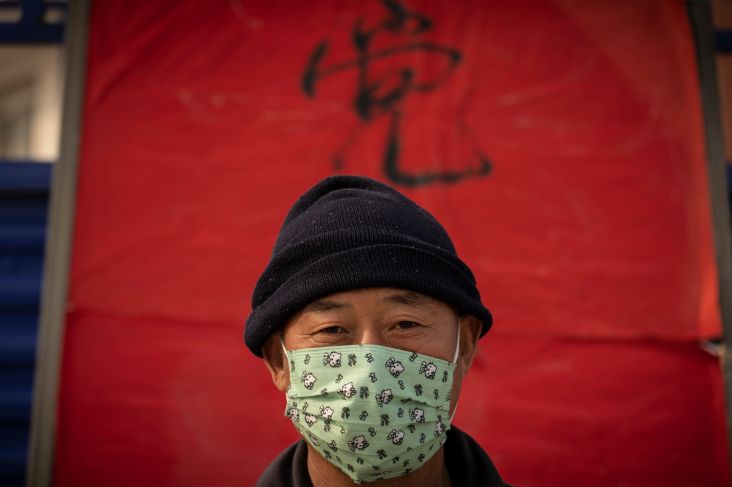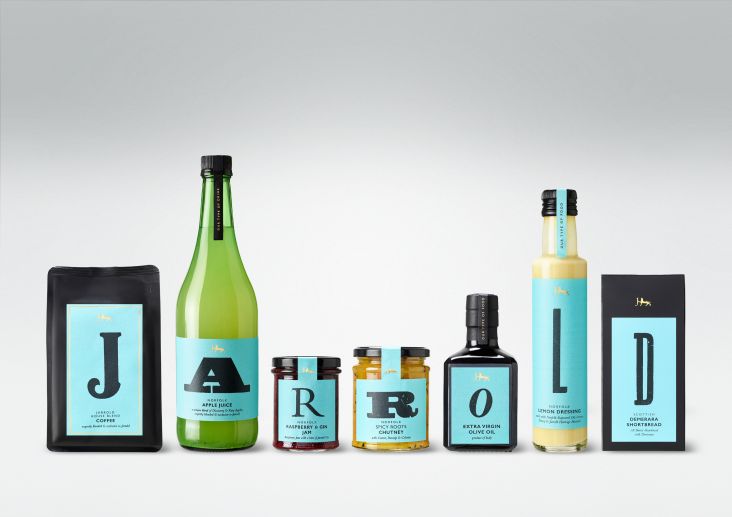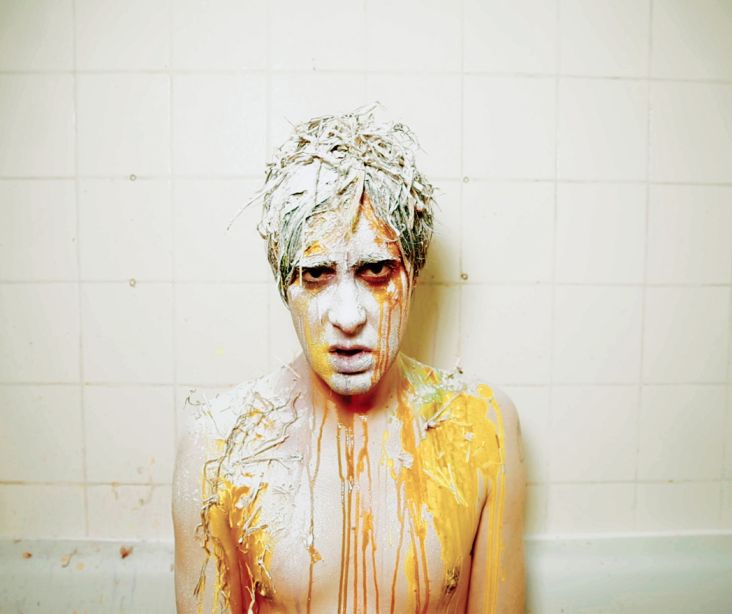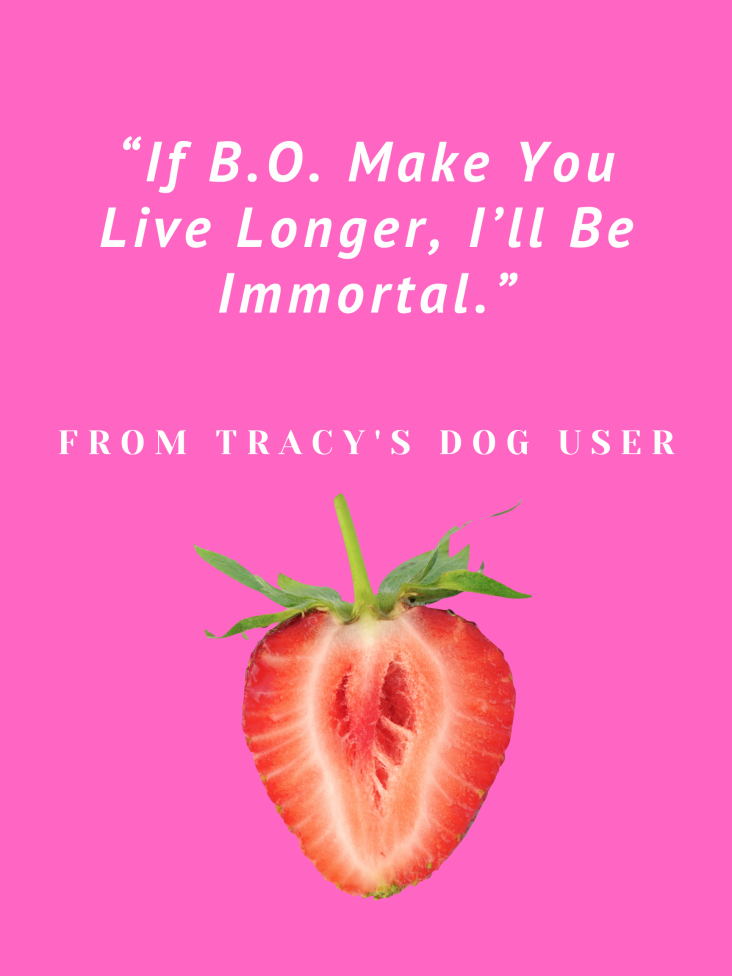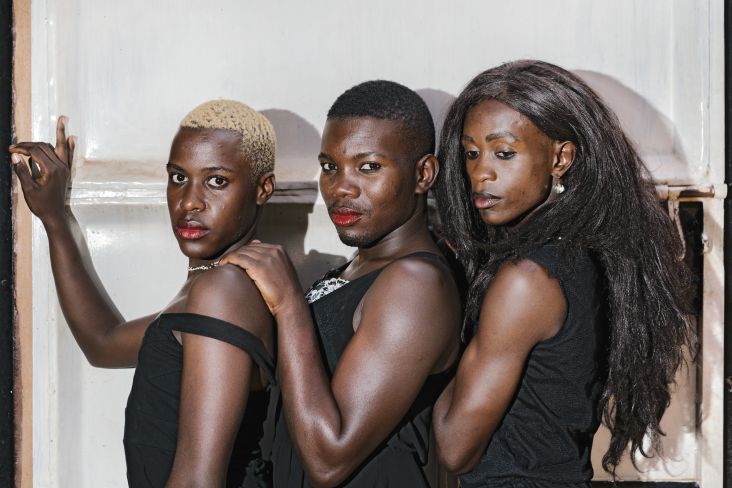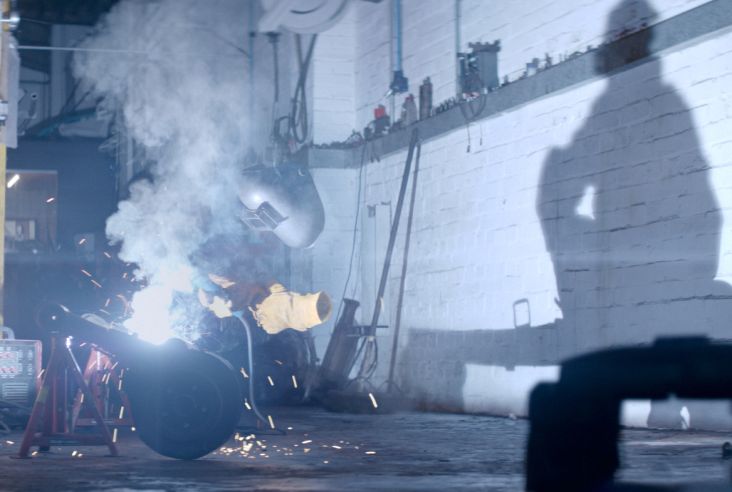Jansson Stegner's hyperreal paintings of strong women invert gender roles and challenge identity and power
With elongated bodies and distorted proportions, Jansson Stegner's paintings of strong female characters seem to invert gender roles and get us thinking about identity and power today.
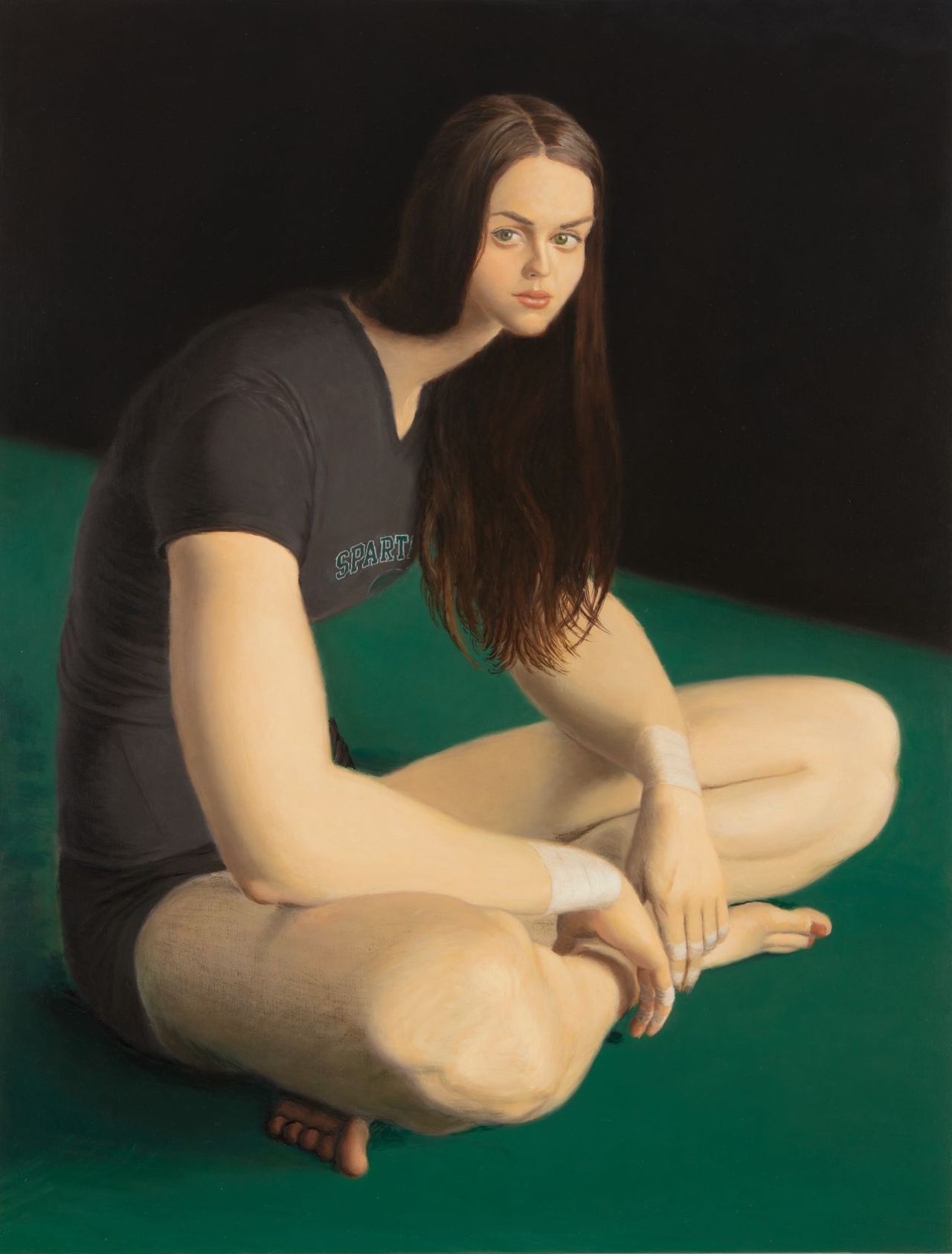
Spartan, 2020 © Jansson Stegner. All images courtesy of the artist and gallery
Taking inspiration from Old Master portrait artists, the Santa Barbara artist borrows from two significant genres in figurative painting: the female nude and portraiture. He also looks to surrealism from El Greco and other mannerist painters, which informs his unique style. Another notable inspiration is modern-day athletes and their muscular bodies and mental strength which come from the challenges of demanding sports competitions.
Through each painting, Stegner openly confronts the established norms of sexuality and beauty. For instance, if you look at Rally (2020), a painting of two female volleyball players in action, it alludes to Gustav Courbet's The Wrestlers (1853) that also illustrates two athletes. But Stegner's portrayal brings the focus to gender and power in that role: it's an interesting twist that gets straight to the heart of the series.
You can see a similar approach with Archer (2020) and Eagle Hunter (2020) where women are presented in positions that were traditionally reserved for men, once again tackling the liberating sense of bodily agency.
It's through this integration of art-historical genres that Stegner also explores significant historical events where gender roles have significantly shifted. Fruit Stand (2020) is a timeless take on the female worker illustrated in 'We Can Do It!', the American World War II poster produced by J. Howard Miller in 1943. "I guess my paintings are the opposite of portraits. They are not a reflection of reality, but a suggestion of what reality could be," he explains.
On show at Almine Rech in New York until 18 April 2020, Jansson Stegner's new body of work hopes to get us talking about conventional and preconceived ideas of how women are frequently portrayed across genres. By combining those artistic elements we've come to expect with male portraits, Stegner disrupts the notion that women always have to be seen in a hyper-sexualised way.
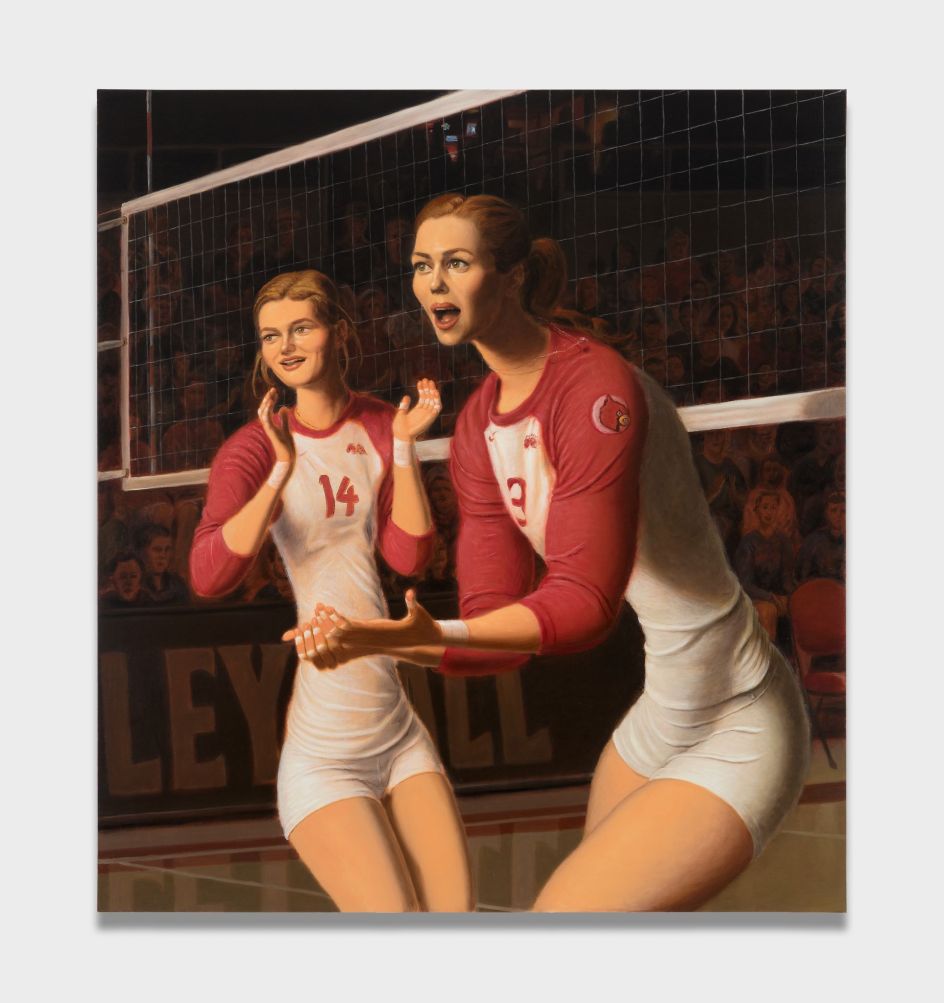
Rally, 2020 © Jansson Stegner
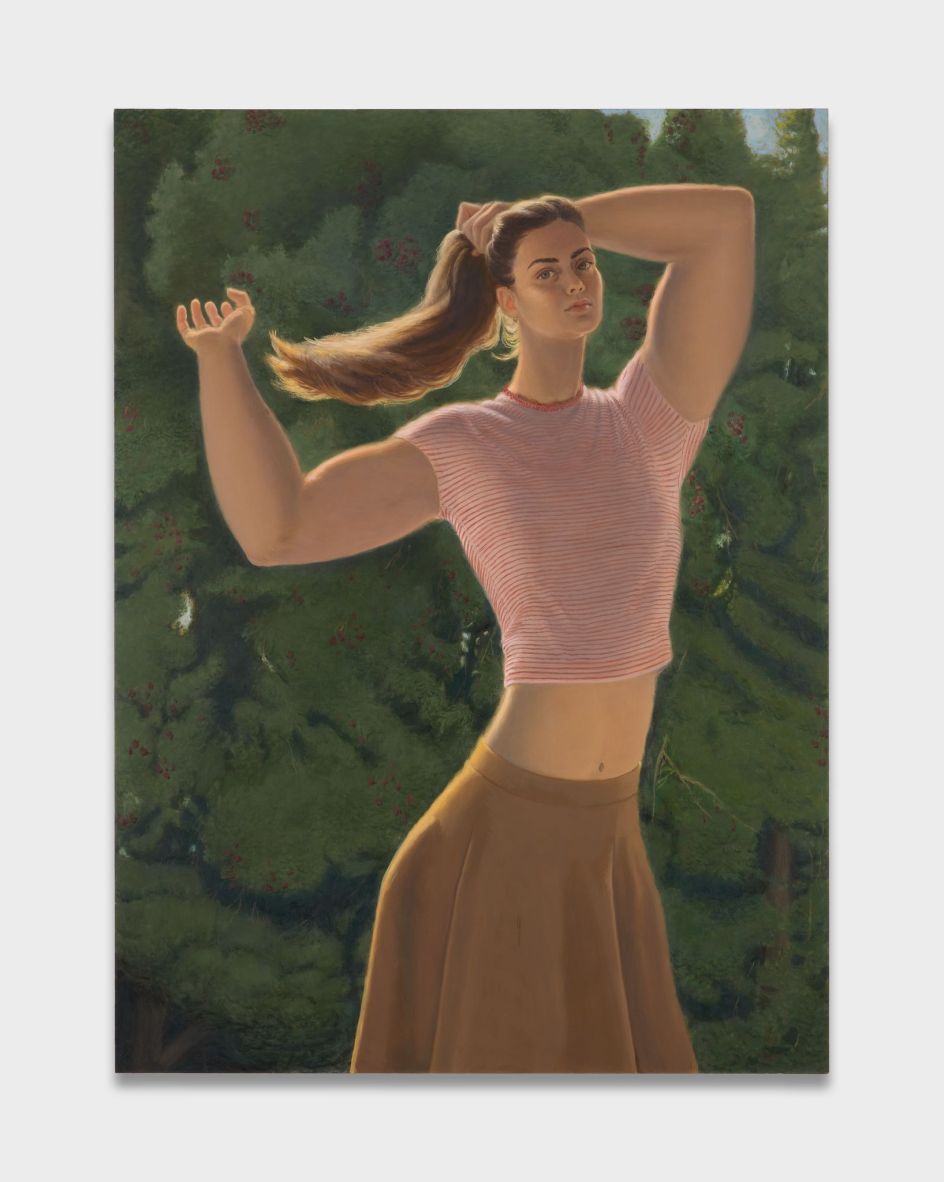
Lucia, 2020 © Jansson Stegner
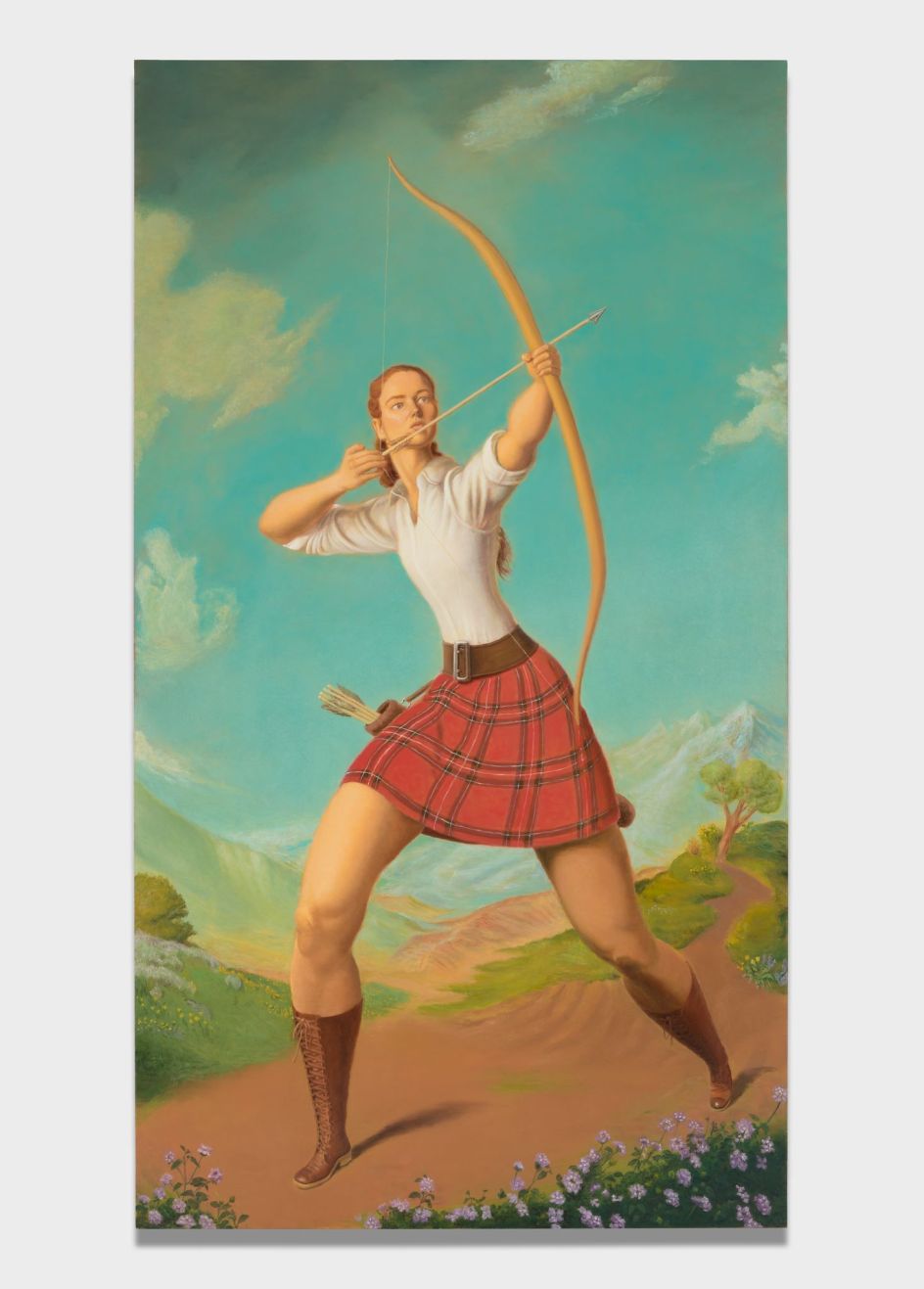
Archer, 2020 © Jansson Stegner
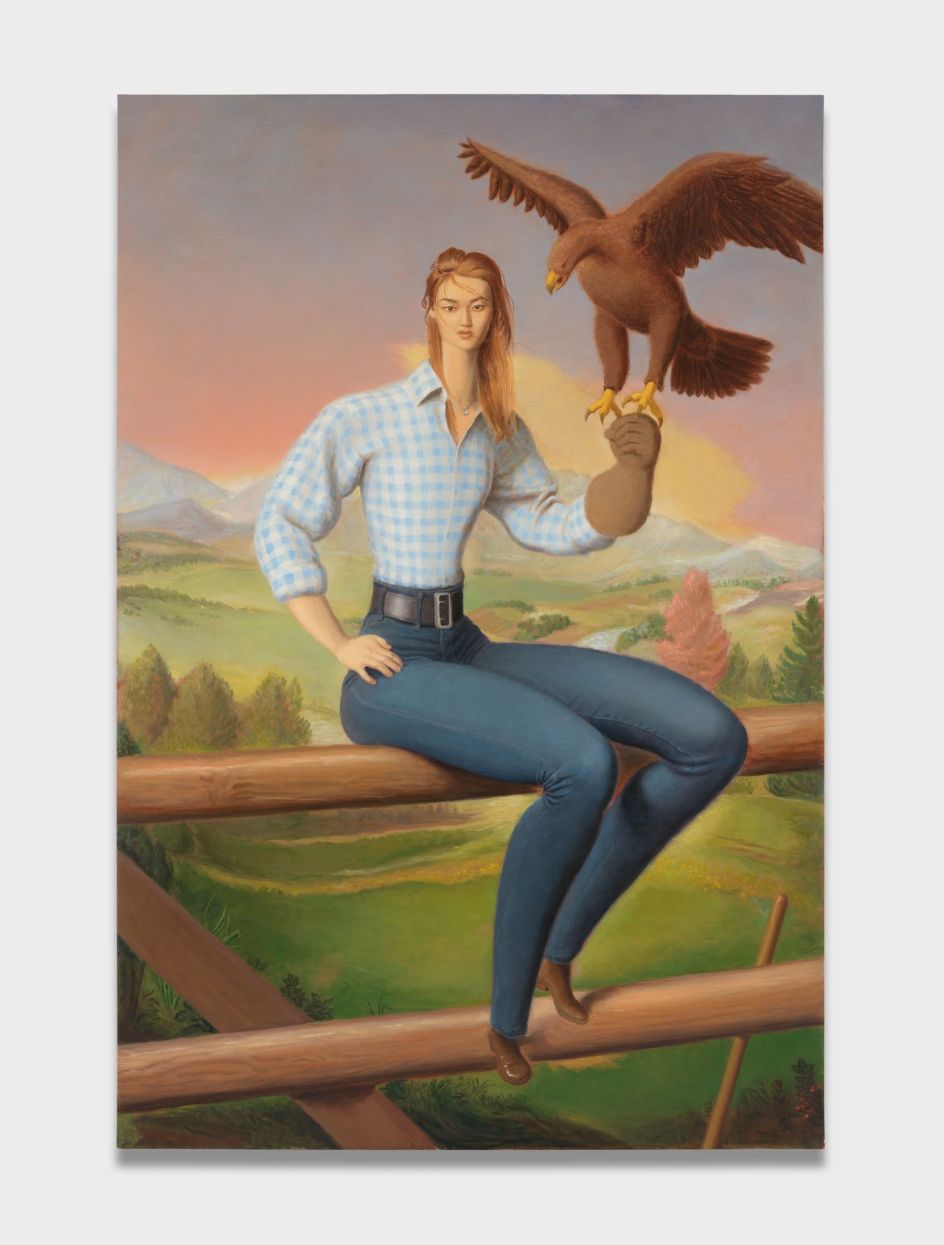
Eagle Hunter, 2020 © Jansson Stegner
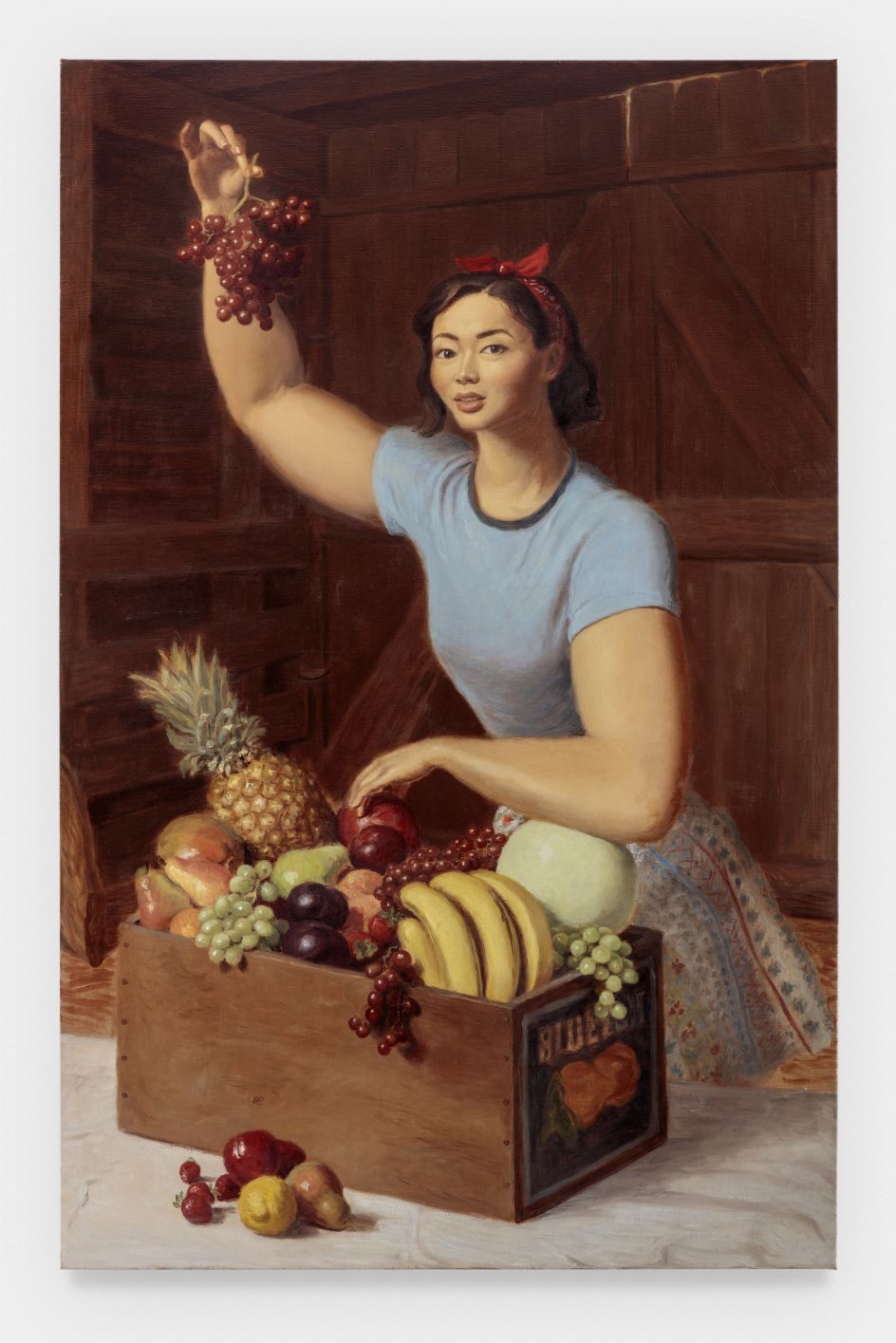
Fruit Stand, 2020 © Jansson Stegner
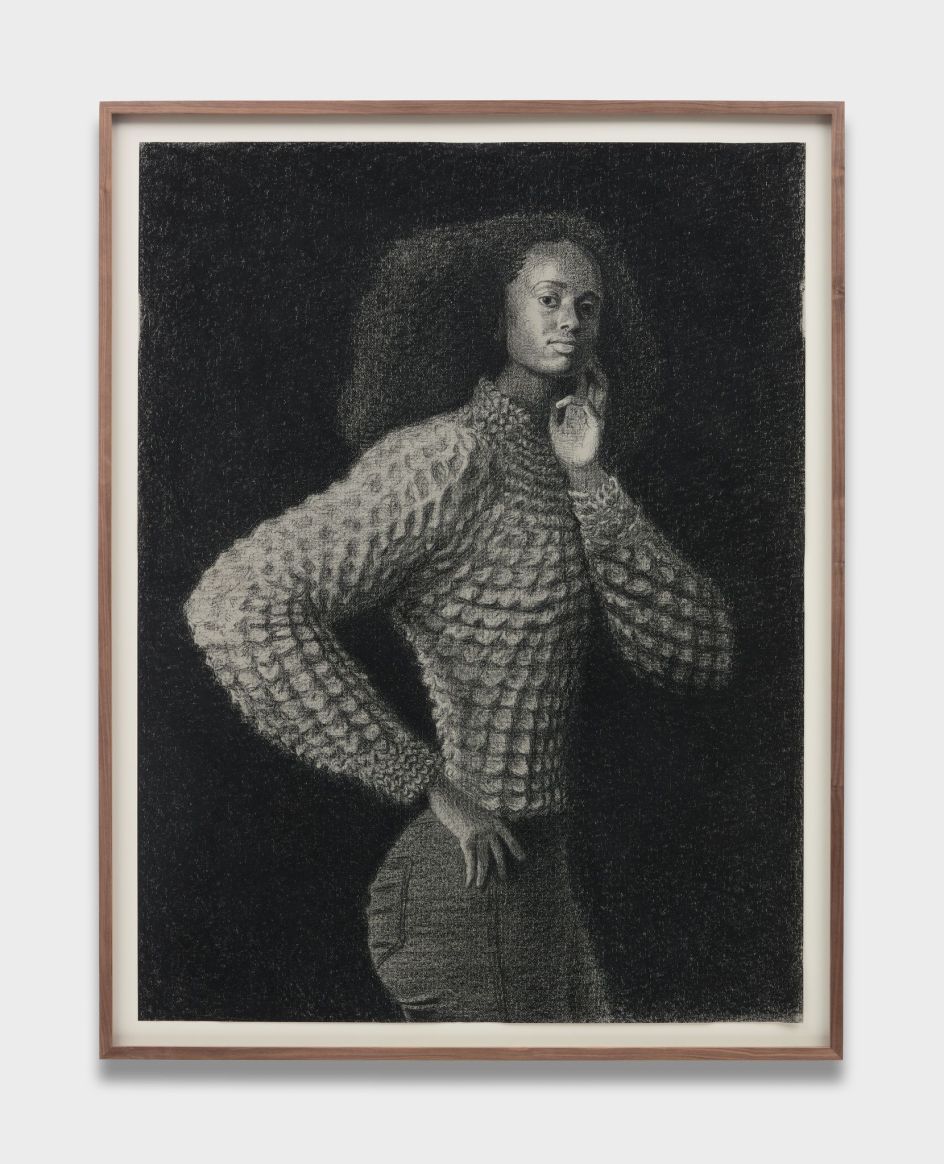
Emaani II, 2020 © Jansson Stegner




 by Tüpokompanii](https://www.creativeboom.com/upload/articles/58/58684538770fb5b428dc1882f7a732f153500153_732.jpg)


 using <a href="https://www.ohnotype.co/fonts/obviously" target="_blank">Obviously</a> by Oh No Type Co., Art Director, Brand & Creative—Spotify](https://www.creativeboom.com/upload/articles/6e/6ed31eddc26fa563f213fc76d6993dab9231ffe4_732.jpg)








